President of French National Assembly Claude Bartolone after official meetings in tehran traveled to Isfahan.
President of French National Assembly visited Naqsh-e Jahan squre and Vank church in historic site of Isfahan.
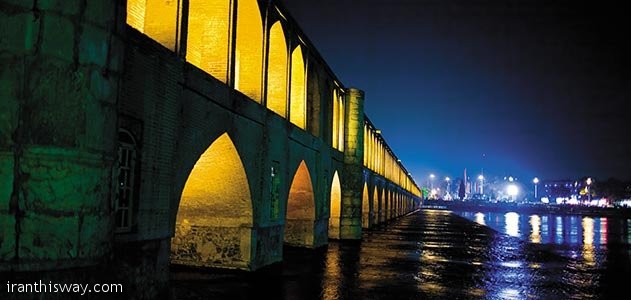
By Andrew Lawler, Smithsonian Magazine:the courtyard is coated in a fine brown dust, the surrounding walls are crumbling and the flaking plaster is the same monotonous khaki color as the ground. This decrepit house in a decaying maze of narrow alleys in Isfahan, Iran, betrays little of the old capital’s glory days in the 17th century. Suddenly, a paint-splattered worker picking at a nearby wall shouts, waves his steel trowel and points. Underneath a coarse layer of straw and mud, a faded but distinct array of blue, green and yellow abstract patterns emerges—a hint of the dazzling shapes and colors that once made this courtyard dance in the shimmering sun.
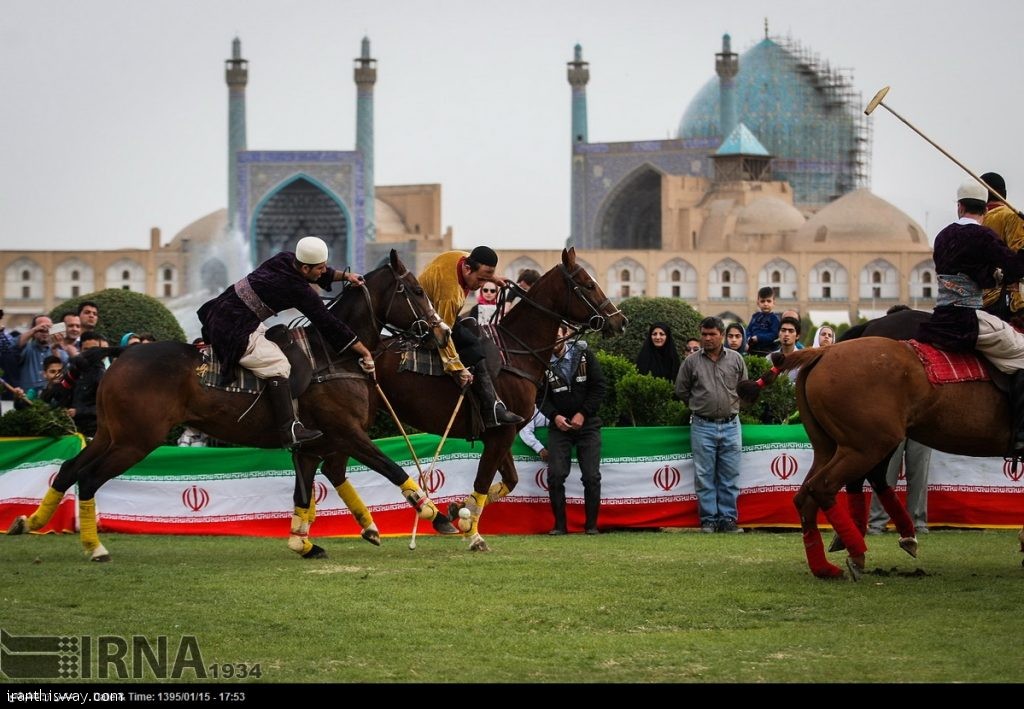
I crowd up to the wall with Hamid Mazaheri and Mehrdad Moslemzadeh, the two Iranian artist-entrepreneurs who are restoring this private residence to its former splendor. When these mosaics were still vibrant, Isfahan was larger than London, more cosmopolitan than Paris, and grander, by some accounts, than even storied Istanbul. Elegant bridges crossed its modest river, lavishly outfitted polo players dashed across the world’s largest square and hundreds of domes and minarets punctuated the skyline. Europeans, Turks, Indians and Chinese flocked to the glittering Persian court, the center of a vast empire stretching from the Euphrates River in what is today Iraq to the Oxus River in Afghanistan. In the 17th century, the city’s wealth and grandeur inspired the rhyming proverb, Isfahan nesf-e jahan, or “Isfahan is half the world.”

After a brutal siege shattered that golden age in the early 18th century, new rulers eventually moved the capital to Tehran, leaving Isfahan to languish as a provincial backwater, which not incidentally left many of the old city’s monuments intact. “One could explore for months without coming to an end of them,” marveled British traveler Robert Byron on his 1933-34 journey across Asia. That artistry, he wrote in The Road to Oxiana, “ranks Isfahan among those rarer places, like Athens or Rome, which are the common refreshment of humanity.”
Today, however, the city is mainly known abroad as the site of Iran’s premier nuclear research facility. What once was a sleepy town has emerged as the country’s third largest metropolis, surrounded by expanding suburbs, belching factories and the choking traffic of more than three million people. Nothing symbolizes Iran’s disconcerting modernity more than its launch, in February, of a satellite named Omid (Hope). In Isfahan, however, hope is a commodity in sharp decline. The elegant urban landscape that survived invasions by Afghan tribesmen and Mongol raiders is now threatened by negligence and reckless urban development.
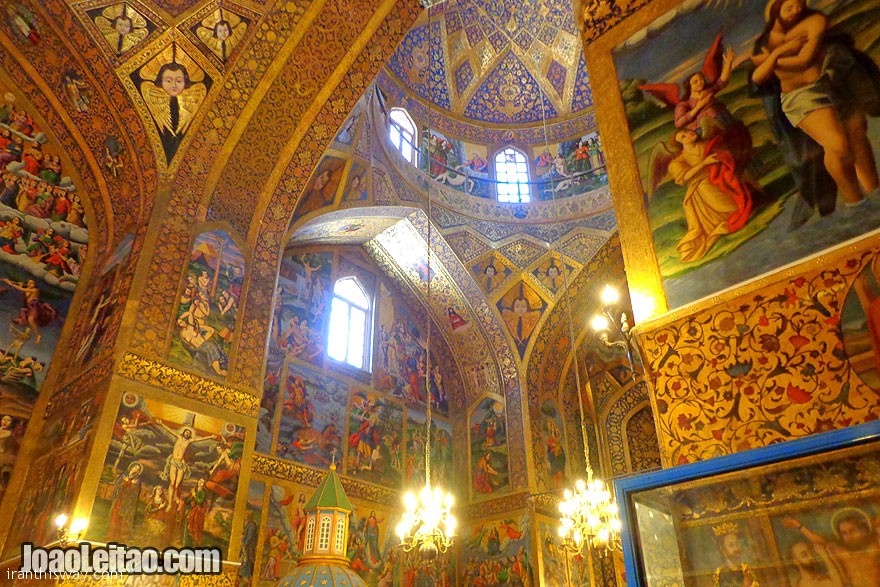
Mazaheri and Moslemzadeh are members of a new generation of Isfahanis who want to restore not just buildings but their city’s reputation as a Persian Florence, one they hope will one day enthrall Westerners with its wonders once again. Inside the cool and dark interior of the house that is their current focus, the freshly painted white stucco ceiling bristles with scalloped stalactites. Delicate gilded roses frame wall paintings of idyllic gardens. (Paradise is a Persian word meaning “walled garden.”) Above a central fireplace, hundreds of inset mirrors reflect light from the courtyard. “I love this profession,” says Safouva Saljoughi, a young, chador-clad art student who is dabbing at a faded painting of flowers in one corner of the room. “I have a special relationship with these places.”
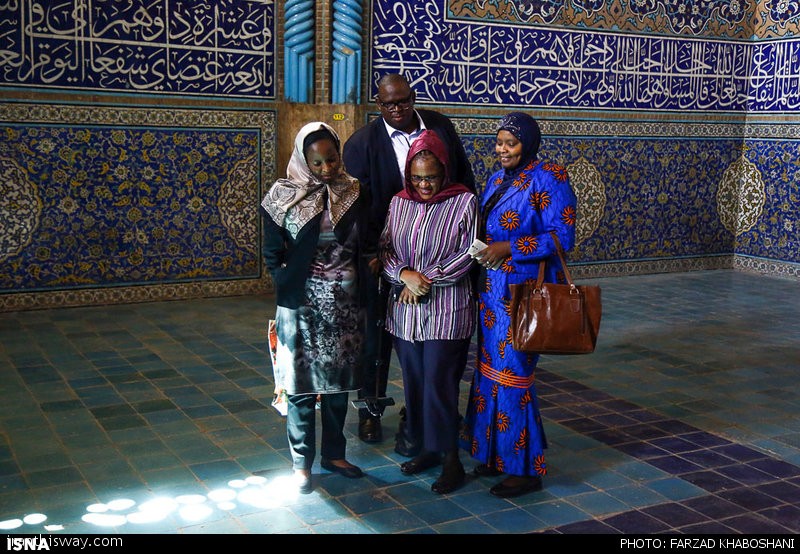
The house may have been built in the 17th century by a wealthy merchant or prosperous government official, then remodeled to suit changing tastes over the next two centuries. Even the fireplace damper is shaped in the delicate figure of a peacock. “Ornament and function together,” says Mazaheri in halting English. Located just a short walk from the medieval Friday Mosque, the house is of classic Iranian design—a central courtyard surrounded by rooms on two sides, a single entrance on the third and a grand two-story reception room with large windows on the fourth.
Rocket attacks during the war with Saddam Hussein’s Iraq in the early 1980s emptied this old neighborhood, and the house was badly vandalized. As Moslemzadeh guides Saljoughi’s careful restoration effort, Mazaheri nods toward gaping holes in the reception room, which once held oak-framed stained glass that bathed the interior in a rainbow of vivid colors. “There are still a few masters left in Isfahan who can rebuild such windows,” he says. Just repairing the elaborate stucco ceiling took five professionals on scaffolding more than a year.
Trained as a specialist in conservation techniques, the lean and energetic Mazaheri, 38, says he has built a restoration business that tackles anything from old ruins to 17th-century wall paintings. Together with his colleague Moslemzadeh, who is 43 and studied art conservation in St. Petersburg, Russia, they are investing their time and profits to convert this wreck of a home into a teahouse where visitors can appreciate traditional Isfahani crafts, music and art. Like many Isfahanis I meet, they are welcoming to foreigners, refreshingly open and immensely proud of their heritage. Without a trace of irony or discouragement, Mazaheri looks around the half-finished reception room and says, “It may take five more years to finish fixing this place up.”
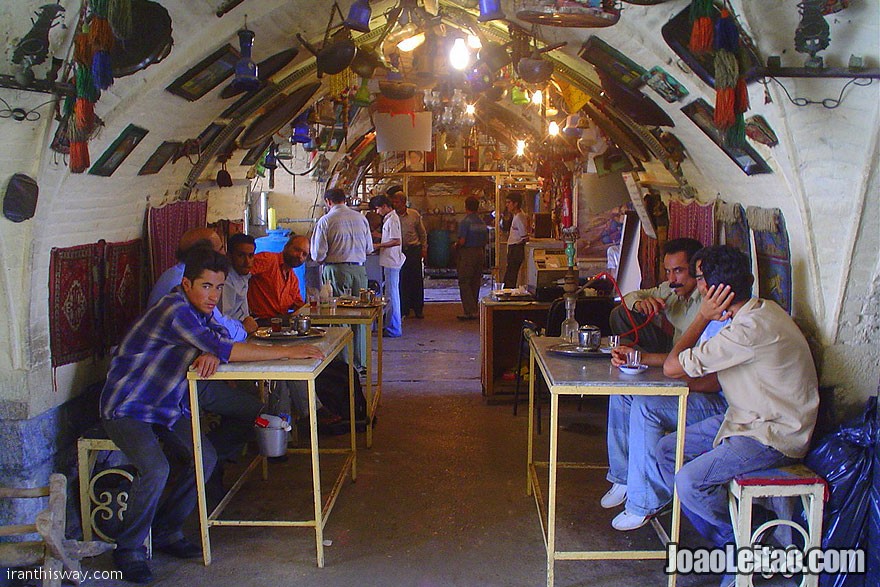
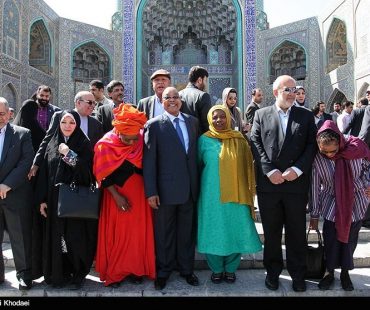
South African President Jacob Zuma visited Iran’s central city of Isfaha on Monday after visiting President Rouhani in Tehran.
Welcome to Isfahan
This is Iran’s number-one tourist destination for good reason. Its profusion of tree-lined boulevards, Persian gardens and important Islamic buildings gives it a visual appeal unmatched by any other Iranian city, and the many artisans working here underpin its reputation as a living museum of traditional culture. Walking through the historic bazaar, over the picturesque bridges and across the Unesco-listed central square are sure to be highlights of your holiday.
Such is Esfahan’s grandeur that it is easy to agree with the famous 16th-century half-rhyme ‘Esfahan nesf-e jahan’ (Esfahan is half the world). Robert Byron, author of the 1937 travelogue The Road to Oxiana, was slightly more geographically specific when he ranked ‘Isfahan among those rarer places, like Athens or Rome, which are the common refreshment of humanity’.
There are, however, some less-than-refreshing elements to Esfahan. This is the country’s third-largest city, and the outskirts are home to plenty of heavy industry, including steel factories and a much-discussed nuclear facility. Traffic jams are also a regular occurrence. (lonelyplanet.com)
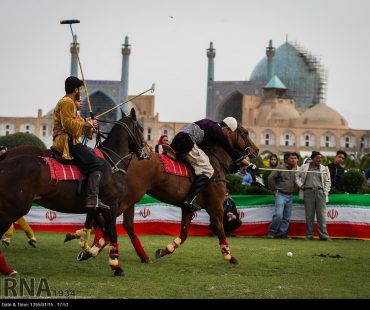
As part of Nowrouz events, a Polo match was played between teams from Isfahan and Alborz Province at the famous Naqsh-e Jahan Square.
Polo was invented and first played in Iran (or ancient Persia) thousands of years ago. The original name of polo is “Chogan” and in Iran the game is still referred to as “Chogan”. From its Iranian origins in Persia it spread to Constantinople, and eastward through Bactria and Afghanistan to Tibet, China, and Japan, and from Tibet to India, where it flourished throughout the Mughal (Mogul) dynasty. The word “polo” comes from the Tibetan word for the willow root from which polo balls were made of, which is “Pulu “.
In the 16th century AD, a polo ground (300 yards long and with goal posts 8 yards apart) was built by Shah Abbas the Great, at Esfahan, then the capital of the Safavid Persian Empire. The Iranian monarch would watch polo matches from his terrace at the Ali Ghapu palace.
The polo field,which is called “Meydaneh Naghsheh Jahan” still exists today and it’s dimensions are the standard for polo fields across the globe.

Isfahan is a large city located almost in the center of today’s Iran where the main north-south and east-west roads cross (see location in Google Map). It is estimated that the Isfahan metropolitan area has a population of about 4,000,000, making it the second most populous metropolitan area in Iran after the capital Tehran

The final stage of the Iran Women’s Softball League, which was held in Tehran, ended with the championship of the “Teif Tehran” team.
“Rif Isfahan” team was second and “Organa Hormozgan” team was third.
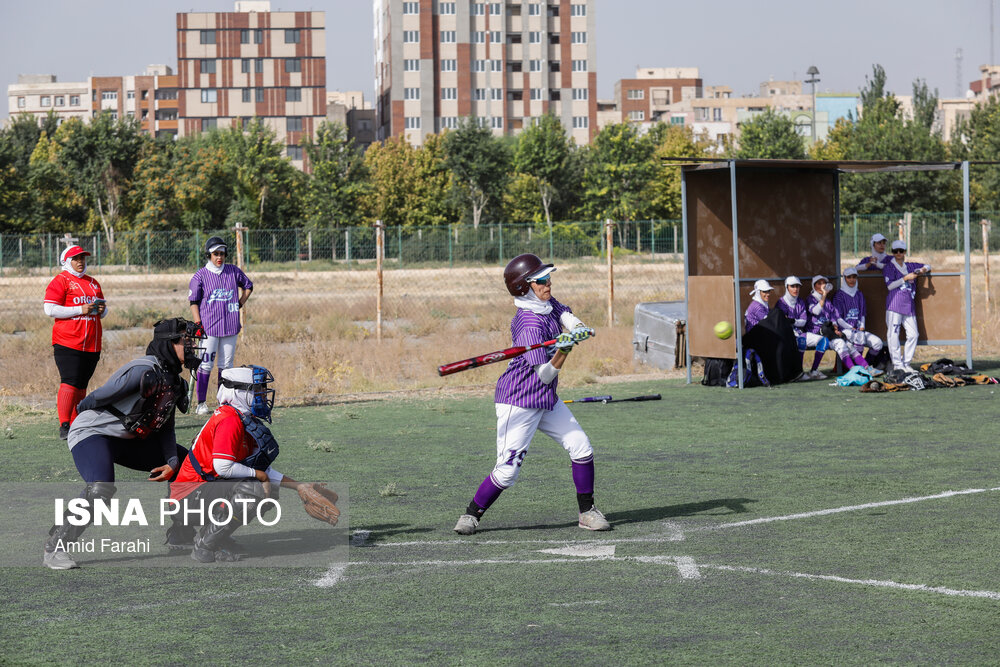
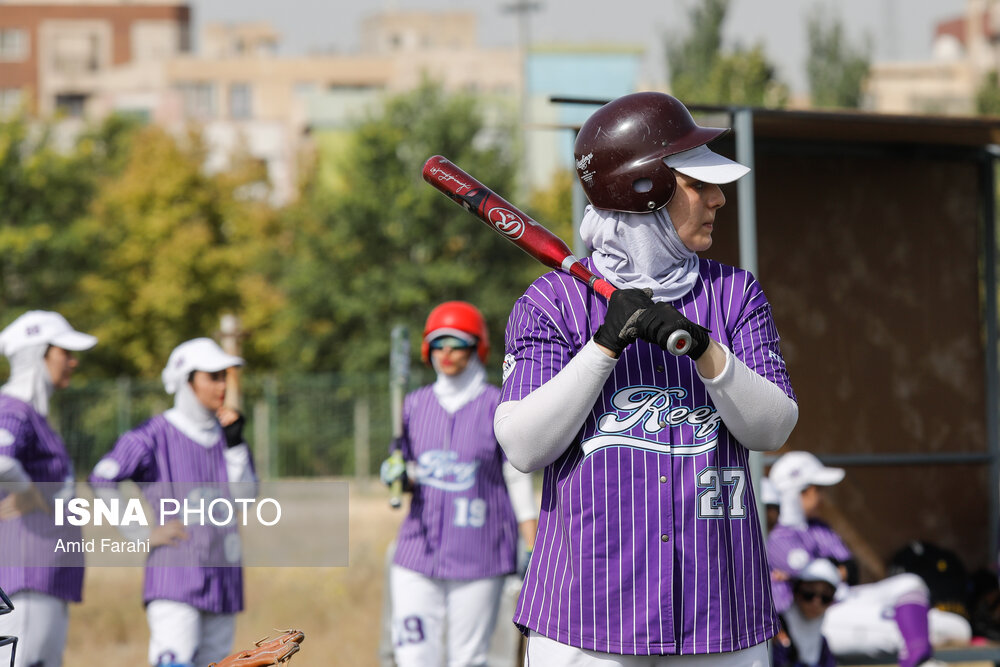

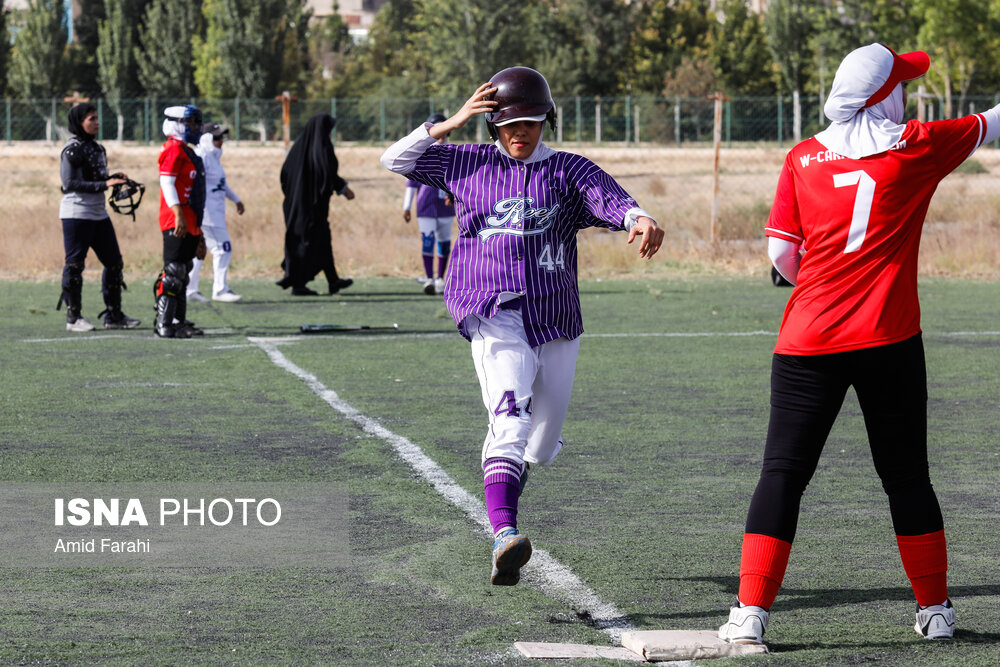

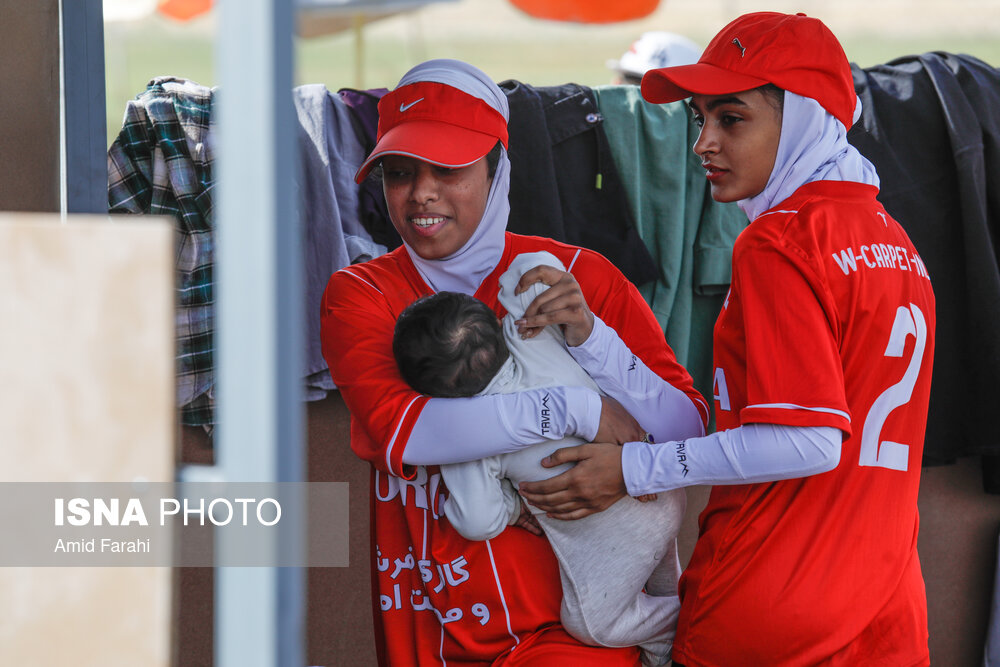

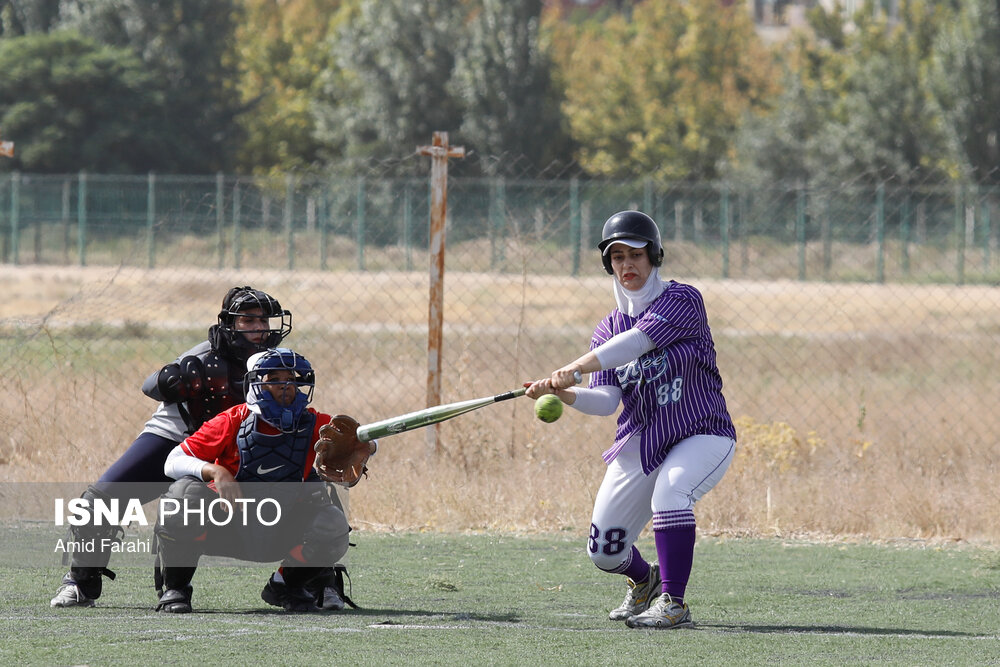
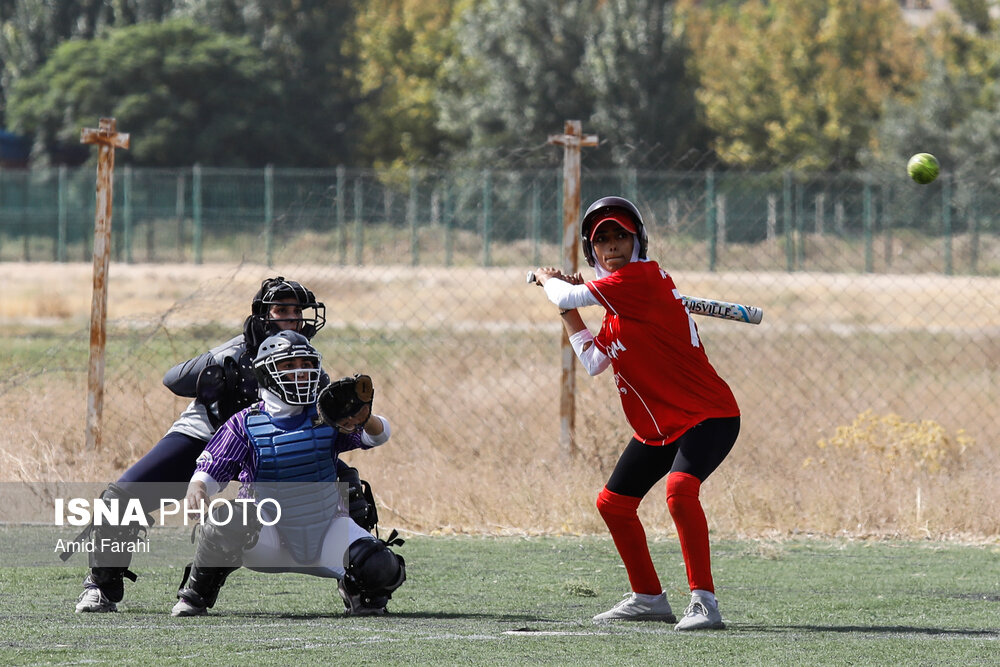
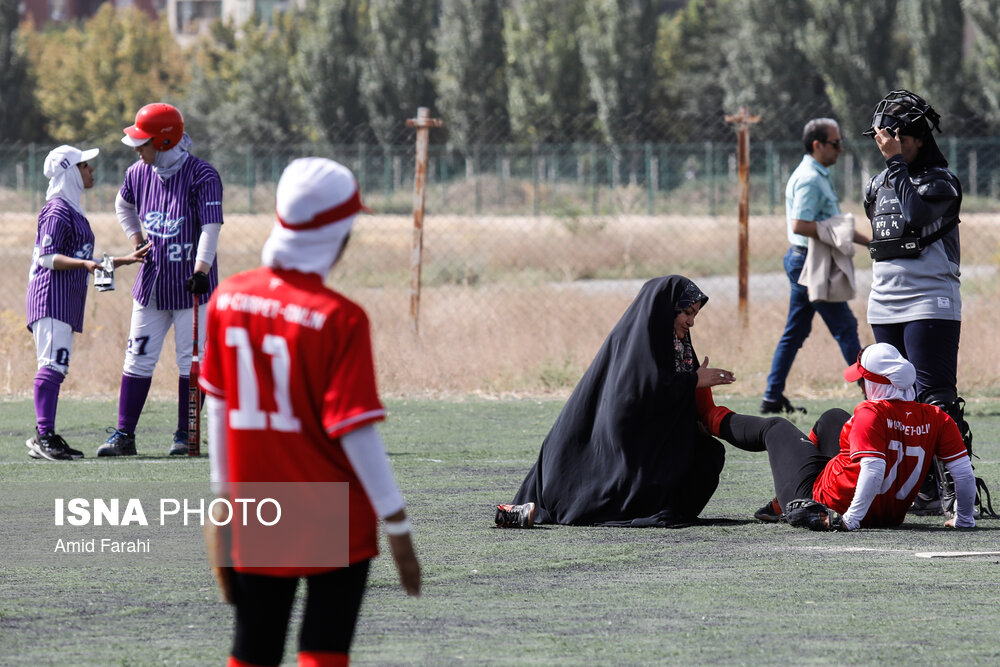
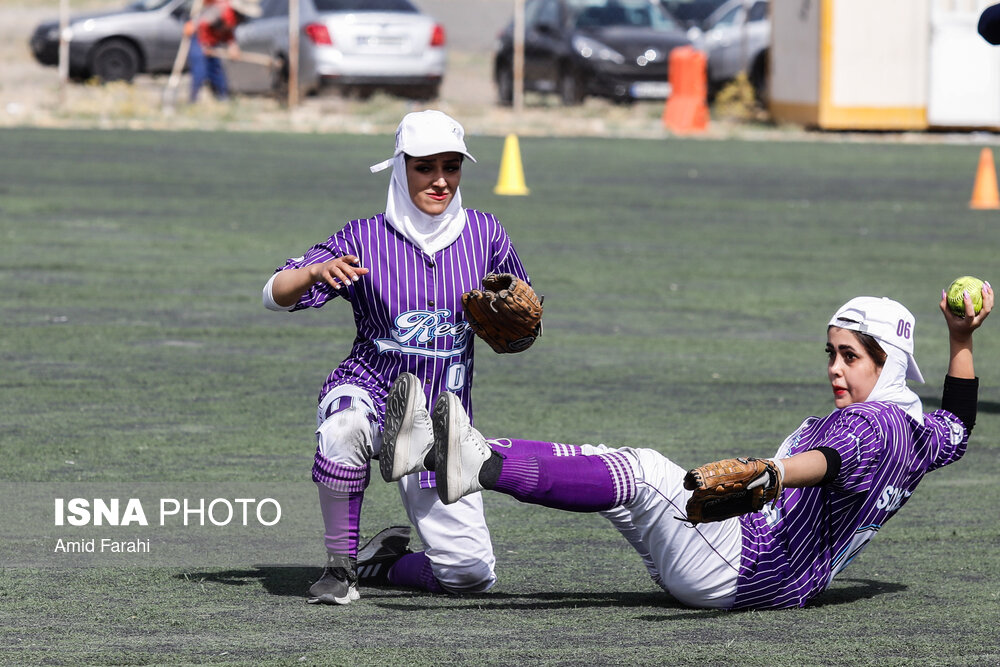
Video: Iran women’s softball league final match 2022
Softball was started in Iran in 1997 with the help of Japanese living in Tehran, and today more than 250 female athletes are active in softball in more than 10 provinces.
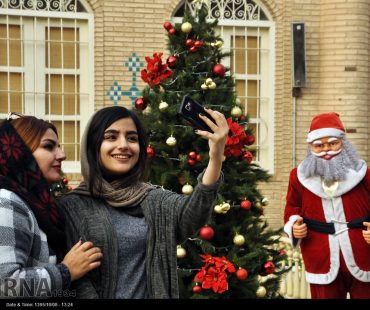
Source: One of the most misunderstood and undervalued countries of the world, my recent trip opened my eyes to a land of hospitable people, beautiful architecture, amazing food…and very few tourists.
This guide is designed to inspire travel to Iran and give practical travel tips that are hard to find for a country so rarely visited, with the second half outlining the best ways to get to Iran using your points. Make sure to read The Essentials section at the end of this piece.
All of the following images were taken by the author and should not be reproduced without permission.

Word is that Iranians are the amongst the most genuine and approachable people in the world. Is it true?
I had high expectations…and they were met. I would put Iranians in the same category as the Japanese and Americans for hospitality.
Never before in my travels had I ever been stopped on the street so many times (in a non-intrusive way) to be asked:
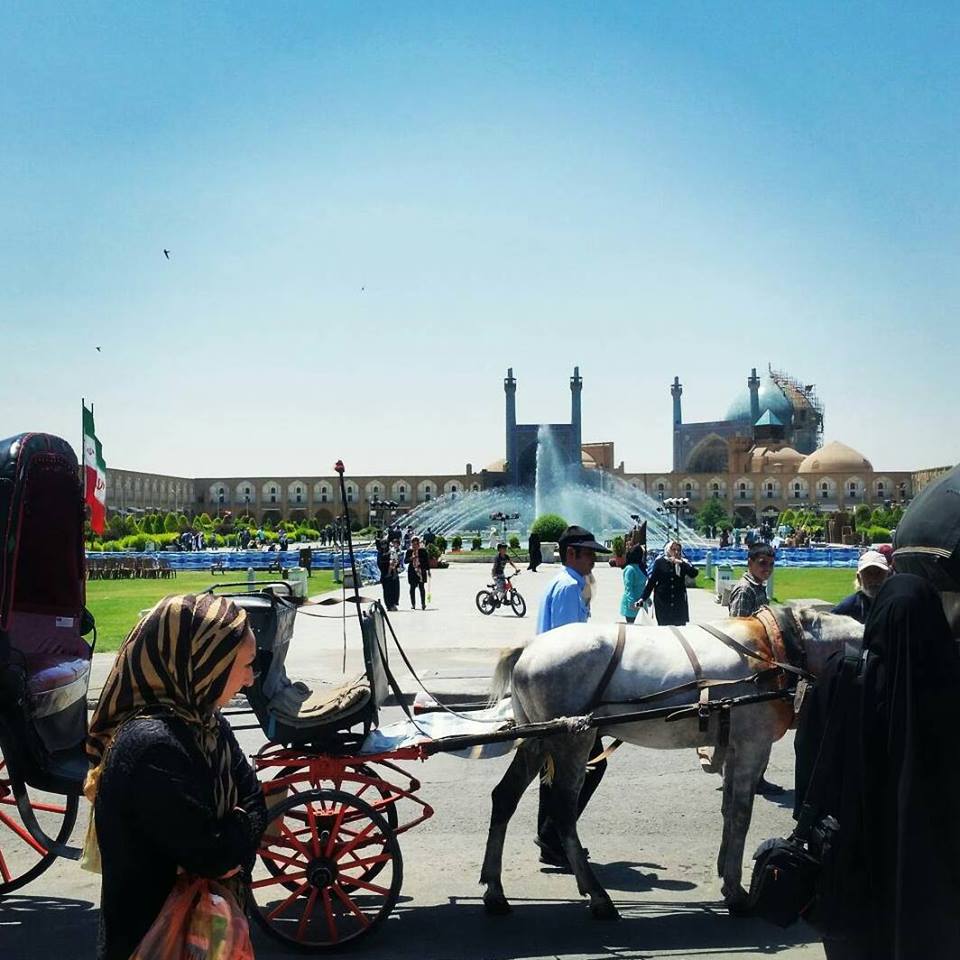
Big call? Probably. There are many beautiful cities in the world – Kyoto, Sydney, Paris – but Iran’s second-biggest city and main tourist drawcard Isfahan definitely deserves a spot up there.
Built on the River Zayandehrood, even with its dry desert climate it is teeming with green parks, plenty of shade on walks along the river, beautiful bridges, and historic mosques, churches and palaces. If you are going to visit one place in Iran, this is the place to go.
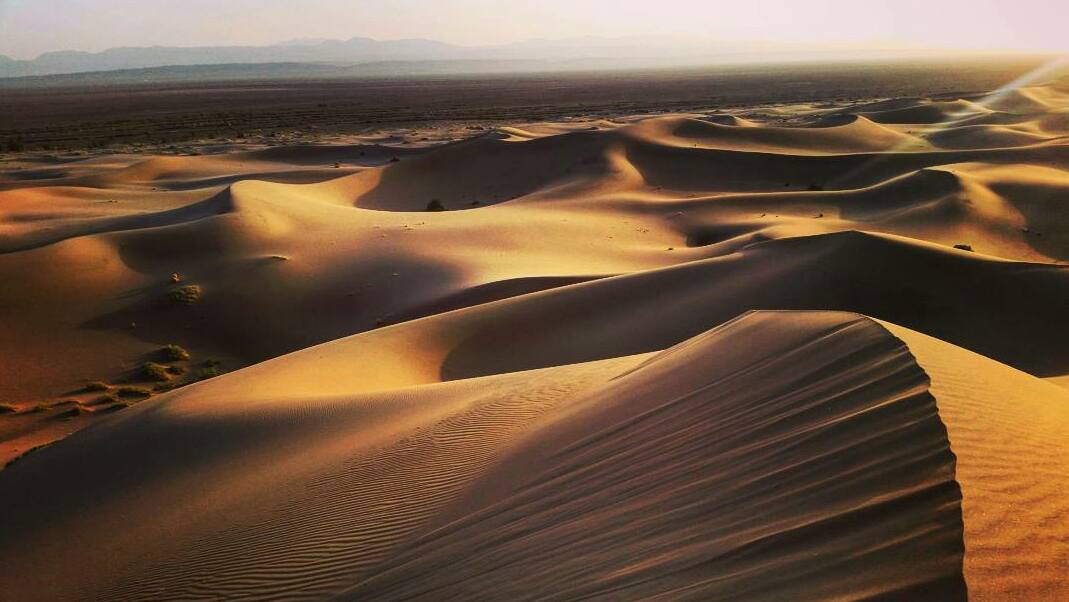
Yazd is the gateway desert city of Iran, with day and overnight tours into the desert.
The only sound we heard whilst watching the suns rays descend over the flowing desert dunes was a light breeze carving sand into new dune formations. Truly breathtaking.

Foodies will love Iran, with primary dishes being lamb, mutton, chicken, eggplant, lentils, cheese, yoghurt, rice, dates and pita bread. Vegetarians will be slightly more limited in choices, but it is not prohibitive.
Having said that, all breakfasts tend to be vegetarian, made up of feta cheese, tomatoes, cucumbers, pita bread, yoghurt and watermelon.
Foodies of all persuasions should be sure to visit the moderately-priced vegetarian restaurant in the Iranian Artists’ Forum in Honarmandan Park (also known as Artists’ Park). The second time we went back the waiter brought us an extra course for free and two university professors at a nearby table joined us for lunch.
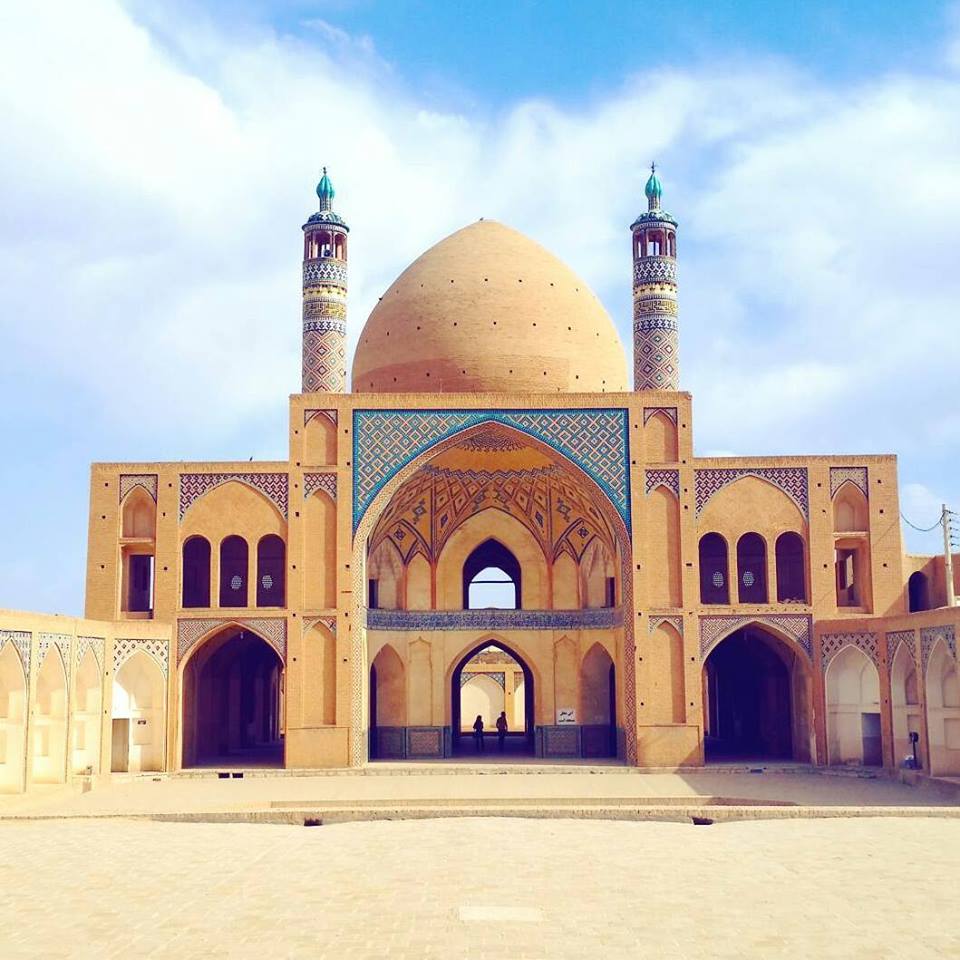
Even during the peak travel month of May, it was hard to encounter many other tourists at the majestic mosques that Iran puts a lot of effort into keeping beautiful.
Of course, be respectful of prayer times, take off your shoes and remember that there are separate areas for men and women. Be sure to check the opening times of mosques on the internet or with your accommodation so as to not be caught out by them being closed.
Mosques in Isfahan are the most expensive to get into (around $8 each), but are also the most beautiful.
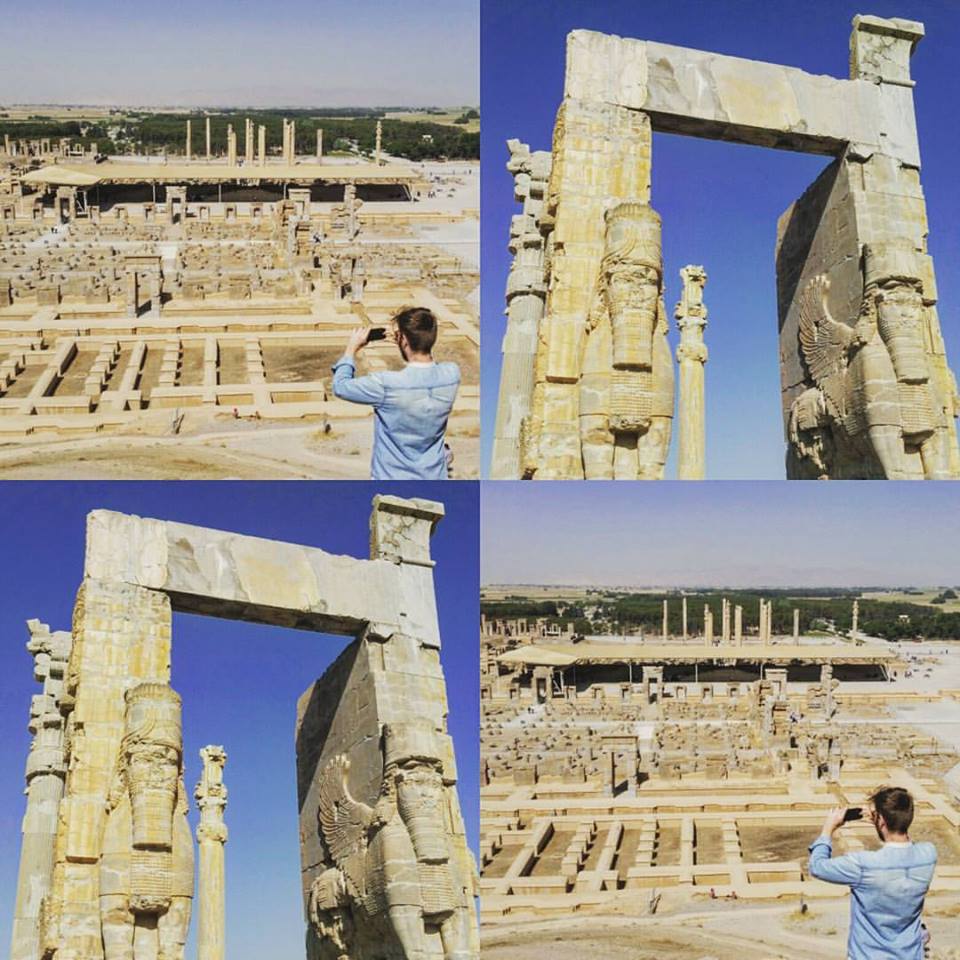
Persepolis (literally ‘The Persian City’) brought together the 28 nations of the Persian Empire (at its peak) for ceremonies and was known as the United Nations of the empire.
Located 90 minutes east of Shiraz, choose the more reasonably-priced accommodation options in Shiraz rather than stay near the UNESCO-protected site, but avoid the midday and afternoon heat by catching a private taxi out for the 8am opening. A tour guide is highly recommended and can be organized upon arrival at the site.
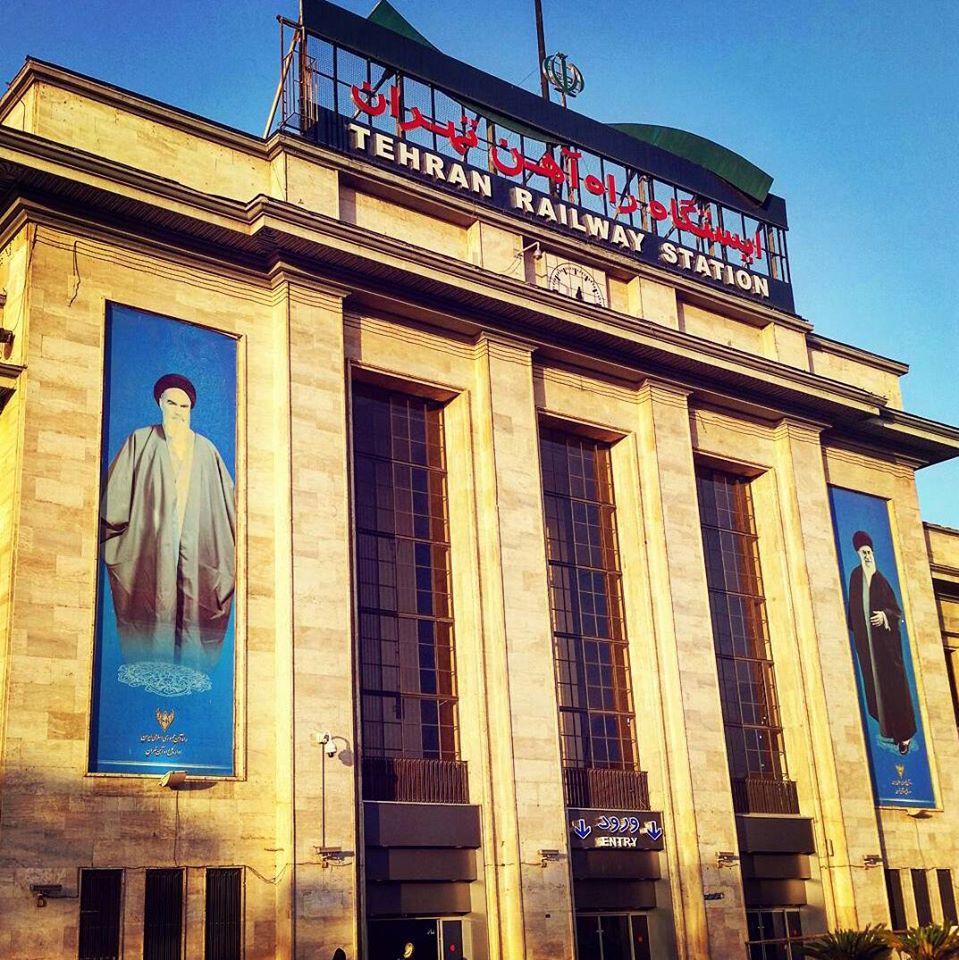
Most transport is by road, so if looking to save money, go by bus, but we found it funny/frustrating how many times people were moved around the bus by the bus driver to make sure that women and men were not seated together. This strict policy is more the work of the government rather than the considerably liberally-minded population.
If you have a bit more money, then another option is a private driver, which will be faster and more comfortable, but you will miss out on the local bus experience.
The 10-12 hour overnight Chinese-built train between Tehran and Shiraz is highly recommended at about $25 for a seat which converts into a bed in a four-person single-sex air-conditioned compartment. Bring your own food – disappointing food on the train.
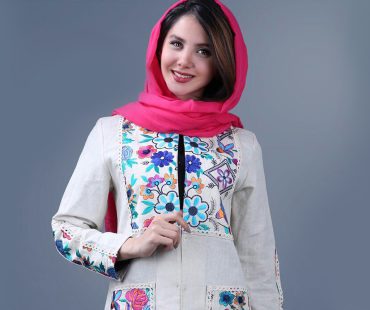
Some incentive such as visa waiver, 90-day visa on arrival, standard residence services, attractive tourism routes and packages, and cheapest and most secure tours to Iran along with the last international tourism standards have enabled us to experience a 53% growth in our inbound tourism, winning the first place in the world in this regard. In addition, when it comes to the prices, Iran has the most competitive prices for tourism in the world and has emerged as a new phenomenon in the world of tourism, attracting the attention of many countries,” the statement added.
Emphasizing the country enjoys full security to host tourists, Iran’s Tourism Minister Ali-Asghar Mounesan, invited tourists across the world to experience a unique journey to the land of history and civilization, especially during the spring.
In a statement released on Saturday, Mounesan said, “Nowadays, the world is even more involved in fast and surprising upheavals and ups and downs as a result of unprecedented progress in technology and industry. As such, the modern human is also influenced by urban, mechanical life and his soul needs some refinement and relief.
In such a situation, only travel and tourism can give us relief, joy, and sympathy and provide us with unforgettable experiences and memorable coexistence. In fact, tourism can be thought of as a familial or friendly gathering, the pivotal contents of which are kindness, cooperation, and synergy. In this chaotic era, tourists are like a delightful breeze endearing our souls and uniting all the people from around the world, regardless of their race, country, language, and beliefs.”
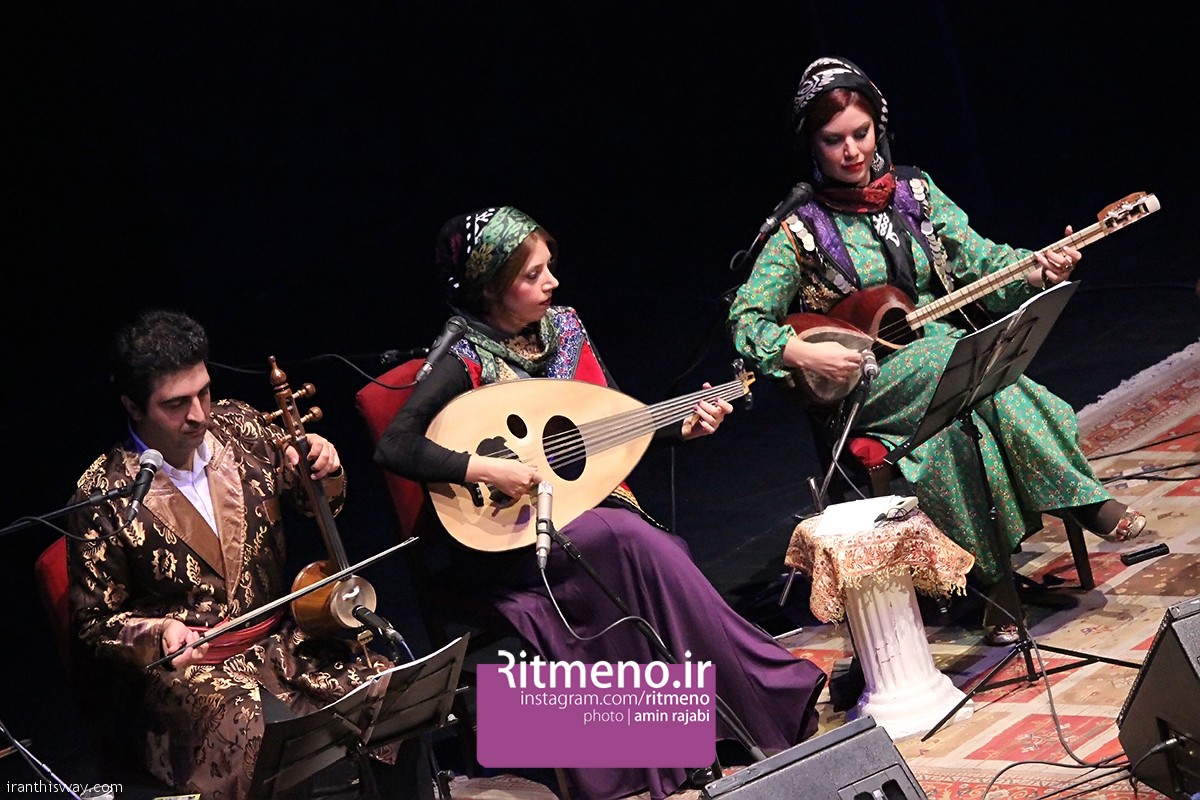
“With a deep and practical faith in this attitude, the Iranian government is trying its best to pave the way for incoming tourists and this is why there is a significant growth in tourism infrastructure in our country. In this regard, some incentive such as visa waiver, 90-day visa on arrival, standard residence services, attractive tourism routes and packages, and cheapest and most secure tours to Iran along with the last international tourism standards have enabled us to experience a 53% growth in our inbound tourism, winning the first place in the world in this regard. In addition, when it comes to the prices, Iran has the most competitive prices for tourism in the world and has emerged as a new phenomenon in the world of tourism, attracting the attention of many countries,” the statement added.
“Even if we disregard all that has been said, the unique tourist attractions of Iran are a good reason to have a journey to the land of history, civilization, and nature. With 24 UNESCO World Heritage Sites, 34,000 Nationally Registered Heritages and 600 active museums, Iran has a huge capacity to receive international tourists. In addition, high security, cheap tours, premium travel facilities, hospitable people, numerous historic and natural treasures, unique ecotourism facilities, diverse tourism packages (historic-cultural tourism, sport tourism, marine tourism, food tourism, medical tourism, etc.), interesting rituals, and diverse handicrafts and traditional arts provide enough reasons to visit Iran,” he said.

“The rich history and civilization of this land, the numerous and spectacular tourist attractions, four-season weather, and high cultural and ethnic diversity have made an invaluable treasure of Iran and put this country in the top 10 tourist destinations in terms of tourism, cultural and natural attractions. Astonishing mountains, breathtaking glaciers, beautiful volcanos, pristine forests, green foothills, delightful lakes, springs and waterfalls, picturesque beaches and wonderful islands, historical sites and distinct architecture, globally registered cities and villages, diverse and colorful handicrafts, delicious traditional cuisine and organic, healing drinks, etc. are only a small part of the beauties you can visit while staying in Iran.”
He noted, “With such advantages, each day the beautiful and safe cities of Iran are hosting thousands of tourists from different countries, having enjoyed the unique experience, most of whom decide to return and bring new fellow travelers with them.
Hereby I invite all the tourists from around the world to visit Iran during these last months of the Persian year, as well as the spring, and experience a distinct journey to the land of history and civilization. A country-size guesthouse is wholeheartedly ready to receive tourists from around the world.”
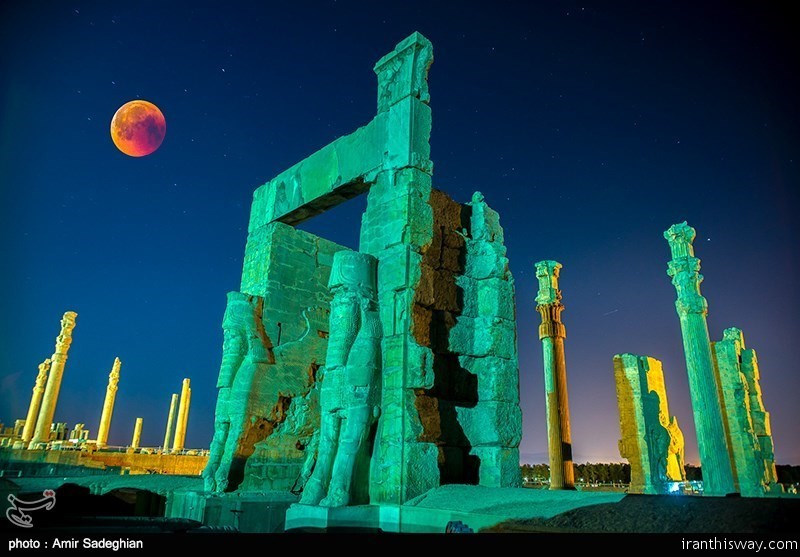
Following the Iranian missile strikes targeting US forces in Iraq, as well as the accidental downing of Ukrainian passenger jet near Tehran, several major airlines have rerouted or canceled flights in the region.
But some days later after these incidents, Qatar Airways, Emirates and several other regional airlines, including Kuwait Airways and Abu Dhabi-based Etihad Airways have continued using Iranian and Iraqi airspace.
KLM airline also made an announcement on Thursday that it would resume flights over the Iranian and Iraqi skies.
“KLM uses a security management system to analyze risks and thus determine safe flight paths. Substantiated by such analyses, it is once again safe to fly over Iran and Iraq,” the statement said.
Some travel agencies also announced that they would continue to make trips to Iran.
The incident came hours after Iran fired ballistic missiles at two American military bases in neighboring Iraq to respond to the US assassination of a senior Iranian military commander in the Arab country earlier this month.
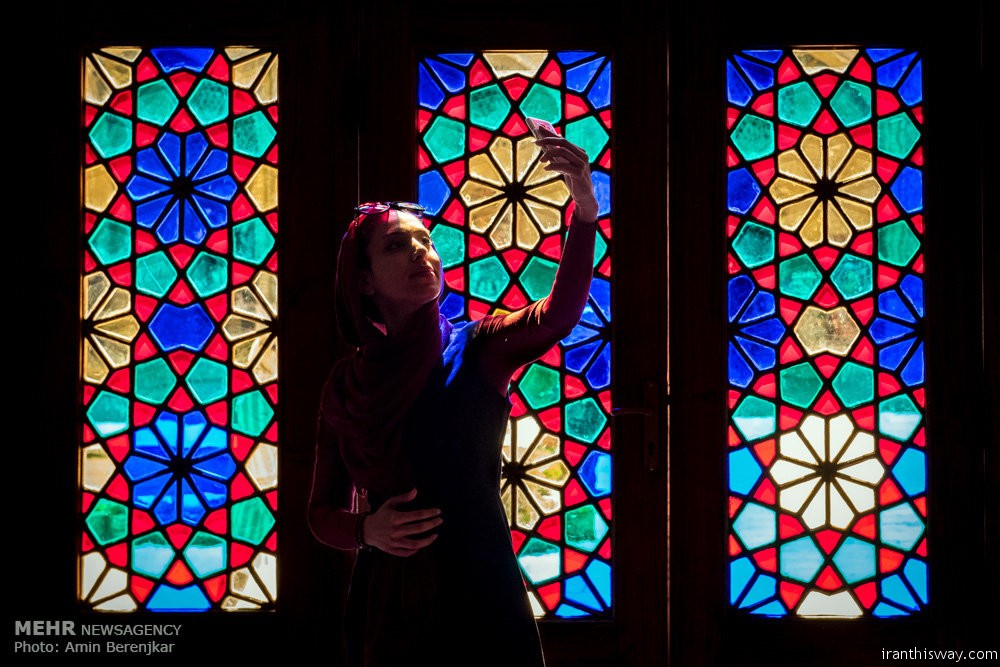
Iranian tourism officials held a special session at the 40th International Tourism Fair in Madrid (FITUR) on Friday to introduce the country’s tourism attractions.
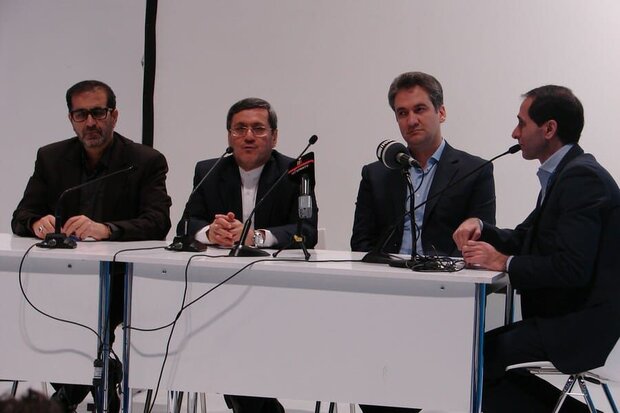
Iran’s Ambassador to Spain Hassan Ghashghavi, who was present at the meeting, referred to the remarkable capacities of the two countries for cooperation in the fields of tourism and handicrafts, voicing Iran’s readiness for promoting collaboration in those spheres.
Referring to the 50% growth in the number of Spanish tourists to Iran over the past year, Ghashghavi said that Iran is among the top ten countries in terms of tourism attractions diversity.
The envoy said the promotion of the tourism industry is high on the Iranian government’s agenda, noting that given the capabilities of Spain in this sector, the issue can serve as one of the areas of cooperation between Tehran and Madrid.
The meeting was also attended by two Spanish tourists who explained their experience of visiting Iran. The two hailed Iranians’ hospitality and the country’s high security despite the anti-Iran propaganda.
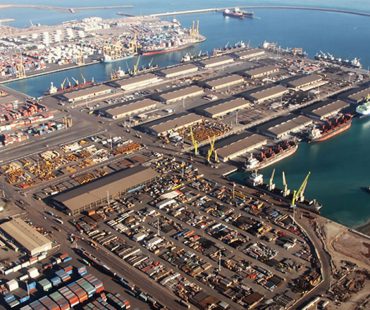
A great part of commercial exchanges around the world is carried out by ships. Ports are connections between production and distribution networks that have turned coastal cities like Bushehr into places with economic and strategic dynamics.
By Shahriar Azimi & Parvin Ebrahimi - 2018, PressTv
The port of Bushehr is located in 28,58 N and 50, 50 E in the north end of a peninsula on the coast of the Persian Gulf. This peninsula is 14 Km long. The depth of water is near to 7m in the external anchorage leading to internal anchorage by the external channel 9200m in length and from the internal anchorage to Khor Soltani, Bushehr berth and then to Khor Booder by the internal channel 3900m in length. The channel is 140m in average width.
Climate in Bushehr Port
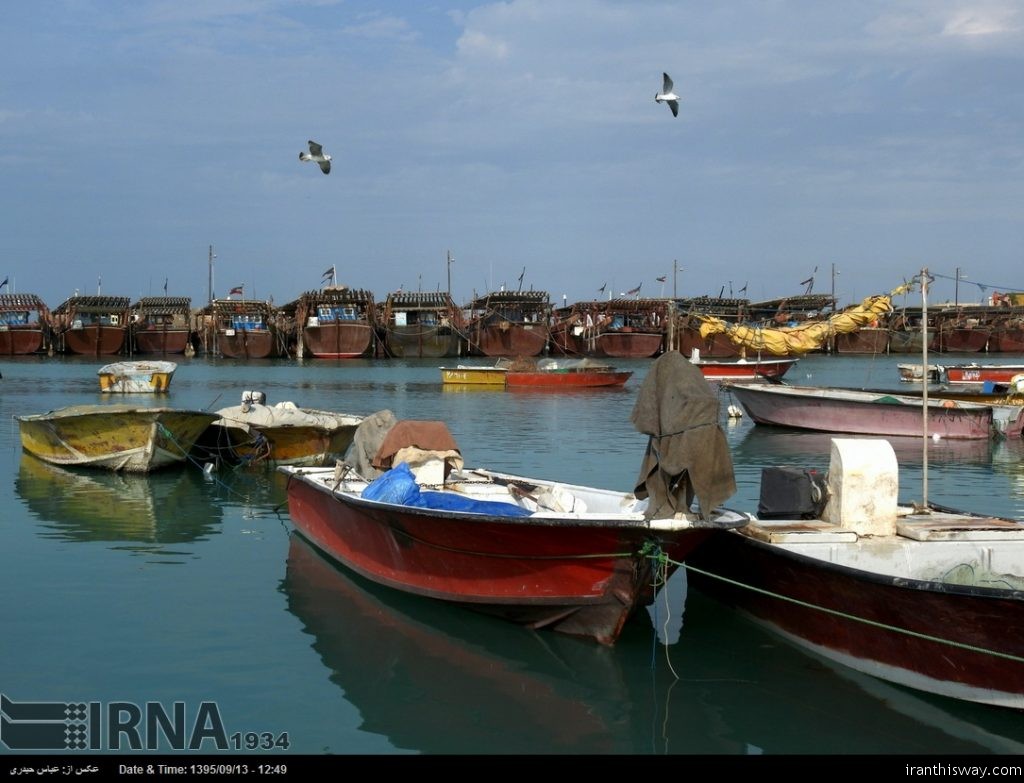
Climate in Bushehr Port
Bushehr port has got a semi-tropical climate with very hot and humid Summer and temperate Winter. The seasonal South Western winds blow on Bushehr sea from the beginning of June to the end of October but they rarely reach the harbor. The seasonal North Eastern winds blow on Bushehr sea and sometimes very strongly on the land from the end of December to the beginning of May.
The power of North Wind usually reaches to 6 in Beaufort scale, but it may rarely border on 8.
The average power of Wind in Winter is 4 in Beaufort scale
The temperature range during summer is +35 to +40 degrees centigrade, whereas it mat border on +2 degrees centigrade in Winter.
The humidity range during Winter is %40 to %80 and %30 to %99 in Summer.
TIDAL RANGE
The ebb and tide in Bushehr port is diurnal. The tidal range differs from 1 m to 1.6 m.
The highest tide may reach to 2 m and the lowest ebb may border on .7 m. The speed of water current in the internal channel and Khore Soltani may reach to 2-3 knots in ebb and flow conditions
The maximum height of the wave in the external anchorage is almost 1.5 m and .6 in the internal anchorage. Services
ROAD SERVICES
The port of Bushehr is connected to neighboring cities via 4 important routes:
It is worth mentioning that Bushehr – Borazjan route is a highway
AIRPORT
The port of Bushehr is one of the most accessible ports of the country to airport with only 5 Km distance. The international airport of Bushehr is provided with domestic flights to Tehran, Isfahan, Shiraz, Mashad, Kish, Kharg and international flights to Dubi and Jaddeh.
SHIP BUILDING FACTORIES
These factories, located near the port, are capable of repairing vessels of any kind up to 2500 tons onshore and building offshore constructs. Iran -Sadra Company has up to now built some huge oil platforms belonged to Southern Pars Area.